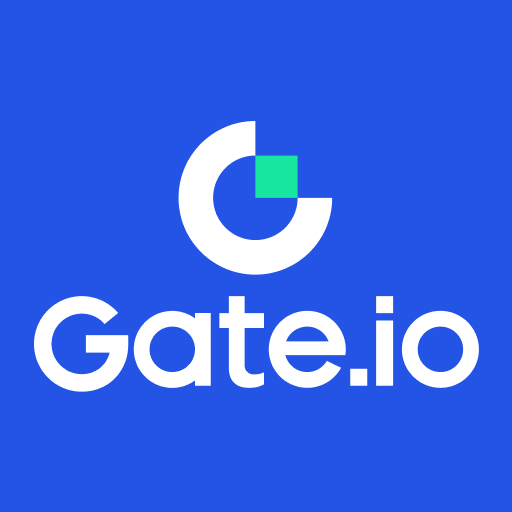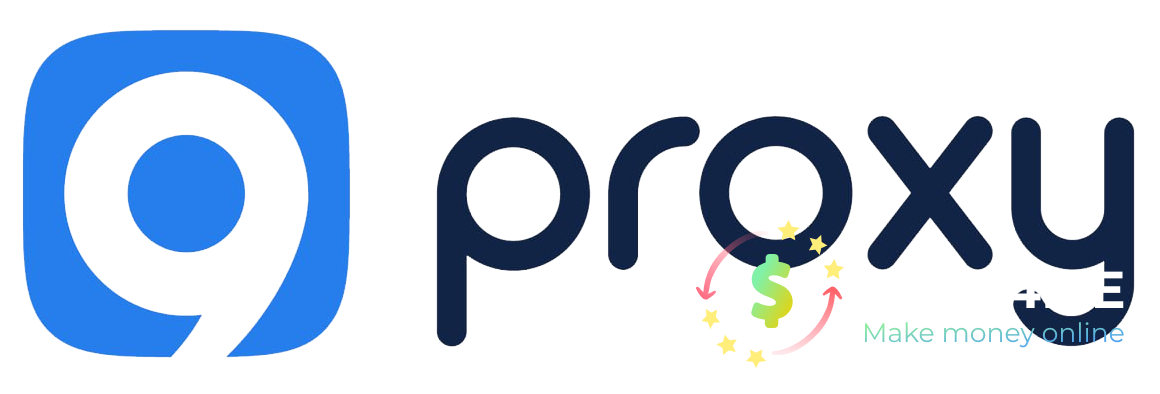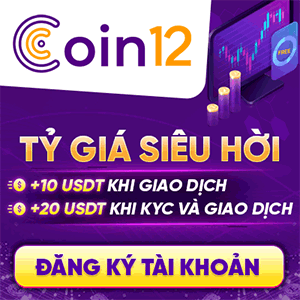emmaglory5
Newbie

We are often asked to forecast the revenue potential of the WOM Protocol. Partners considering integration, as well as creators and authenticators considering joining the community understandably want to weigh up their earning potential before committing.
We could respond to these questions with vague revenue forecasts. However, we choose to be honest and say that there are so many variables and assumptions that need to be factored in that it is impossible to accurately predict potential revenues at this early phase of our project.
The truth is that we cannot know the answer until we have seen how the WOM Protocol is adopted, used, changed, and upgraded. Only then will we be able to recognize trends, extract and analyze data, and offer a more concrete answer to the platforms, investors, and community members seeking to forecast the revenue potential of the WOM Protocol.
While we cannot forecast the potential earnings of any one participant just yet, we can provide a deeper explanation of some of the many variables and illustrate why these create complexity for revenue forecasting.
Who Makes Revenue From The WOM Ecosystem?
Multiple participants interact with the WOM Protocol in different ways to either earn WOM Tokens for contributing to the WOM Ecosystem and/or pay WOM Tokens to receive services from the WOM Ecosystem.
Here’s a breakdown of different participants and how they interact:
Creators — earn WOM Tokens for contributing honest recommendations
Authenticators — earn WOM Tokens for authenticating honest recommendations
Platforms — earn a share of content creator WOM Token rewards
Advertisers — buy WOM Tokens to gain access to honest recommendations
Consumers — benefit from access to trusted recommendations from peers
These actions and activities are all interconnected and the WOM Token rewards for each participant are interdependent on the actions and activities of every other participant in the WOM Ecosystem. Rather than a traditional CPA model of “x WOM” per like, comment, or share, a predetermined amount of WOM is distributed in a given time period, divided among all the participants proportional to their results compared to each other.
By pooling the rewards together and distributing them based on relative engagement, we remedy the issue that plagues influencer marketing and other incentive-based recommendation channels. With the WOM Protocol, rewards only happen after the recommendation is authenticated and only a portion of the brand budgets are given directly to creators. The other portion is added to the pool to reward all recommendations, incentivizing creators to talk about brands they truly want to talk about.
Which Variables Affect Revenue Forecasting?
#1 Platforms In The WOM Ecosystem
The WOM Protocol distributes a fixed amount of WOM Tokens periodically, as described in the WOM Protocol whitepaper. These tokens are distributed among content creators and authenticators based on the quality of their contributions (recommendations and authentication) and the engagement with the recommendations in the given time period. Platforms then take a commission from the content creators’ earnings on their platforms.
In the situation where only one social media platform exists in the WOM Ecosystem, we know that all of the tokens distributed to content creators will flow through that platform. However, as soon as another platform incorporates the WOM Protocol, the activity on the new platform directly impacts the amount of tokens distributed to content creators on the first platform (and therefore the amount of tokens the first platform receives as commission).
An even greater challenge than forecasting the number of platforms in the WOM Ecosystem is estimating the proportion of activity within the WOM Ecosystem each platform constitutes.
Daily activity plays a large and obvious role in a platform’s share of the daily WOM rewards, as well as the proportion of recommendations made on the platform compared to other types of content. A large platform could adopt the WOM Protocol, but if 1% of the content is recommendations, then it may not have as big of an impact as a smaller platform with 100% recommendations.
Additionally, a platform like YouTube that caters to content with a longer shelf-life would potentially earn more with the same level of daily active users than a platform like Instagram with content that has a much shorter shelf-life and therefore a smaller proportion of the overall engagement per content piece.
As described above, WOM Tokens are not distributed evenly among platforms, but proportionally among content creators and authenticators based on ratings and engagement in relation to each other. This means that a social media platform may earn “X” WOM Tokens in one distribution cycle and a completely different amount in the next distribution cycle based on differences in the quality and activity in the app and also the changes in quality and activity of every other platform in the WOM Ecosystem.
Forecasting the share of WOM Tokens on yet-unknown platforms based on unknown volumes, ratings, and engagement would not achieve a level of confidence needed for a proper assumption to predict future revenue. The challenge is then compounded as more and more platforms enter the ecosystem, enhanced by the unknown rate platforms will join.
#2 Brand Participation
Brands fuel the supply side of the WOM Ecosystem by buying WOM Tokens to leverage word-of-mouth recommendations. How fast brands get involved, how quickly the number of brands in the ecosystem grows, and how many WOM Tokens they buy and spend all directly impact not only the price of the token but the amount of tokens paid out in each distribution cycle.
In the past month we released the WOM Campaign Manager to give brands and ecommerce platforms access to authenticated word-of-mouth product recommendations. Multiple brands including adidas have already purchased WOM Tokens and are planning campaigns with the WOM Protocol.
#3 Direct Brand Contribution Split For Platforms
Half of the WOM Tokens brands spend are transferred to the Value Creation Fund and the other half go directly to brand-related content. This means that beyond the challenge of estimating the number of tokens from the Value Creation Fund any one platform may receive in a distribution cycle, an assumption needs to be made concerning the amount of WOM Tokens each platform would receive from brand payments.
To reach this value, the information about the brands, the brand payments, the proportion of specific brand-related content on a platform and the engagement with the content, etc. is needed. Brand A could have a big campaign running but a platform might not have any Brand A-related content. Or the platform could have 50% of the Brand B content in the whole WOM Ecosystem. Or the platform could have 10% of Brand A content but 40% of the engagement on Brand A content. Each of these variables affect the amount of brand-specific token payments.
#4 Growth Of The WOM Token Price
Another large factor in determining how much a platform (or creator, authenticator, etc.) could earn is the current WOM Token/USD exchange rate. Depending on the variation in the WOM Token exchange rate, a platform could net a smaller USD amount one month with more WOM Tokens and a larger USD amount the next month with fewer WOM Tokens.
Token price growth is dependent on many variables: internal, such as the number of platforms, the number of brands, the amount of content, the number of users in the WOM Ecosystem, and how well WOM Protocol Pte. Ltd. meets its development deadlines; and external, such as general cryptocurrency sentiment, Ethereum Foundation decisions, and bitcoin prices.
A token price growth estimate would have to make assumptions of the impact of factors such as a new platform joining the ecosystem, a new brand PR story, or a missed development deadline. In general, we can see that the market rewards some projects that progress and punishes projects that miss deadlines, but the variables between these projects are so great that extrapolating a confident growth rate is not possible.
Can You Illustrate These Variables With An Example?
Below is an oversimplified scenario in which only two platforms exist in the WOM Ecosystem. We’ll also assume that the two platforms consist of all three types of platforms in one: publishers, facilitators, and distribution networks, similar to Instagram or TikTok.
The table below shows the metrics on two different platforms:

Additional Assumptions
Time period: One month
WOM Rewards from Value Creation Fund: 5,000,000 WOM
Additional brand payments: 5,000,000 WOM
WOM Token price: $0.25
Percent to authenticators: 33%
Percent to creators: 67%
Commission to platforms: 20% (from creator share)
The number of users is irrelevant since rewards are based on engagement and the content uploaded that was not authenticated is irrelevant as well.
For the given time period, users on Platform A will earn 5,850,000 WOM total and the users on Platform B will earn the same before commission. Taking a 20% commission, the platforms will each earn 1,170,000 WOM which is US$292,500.
In this scenario, all relevant metrics for both platforms are identical. Changing any one of the metrics for either platform impacts the rewards for both platforms and every user. For example, having one incrementally higher-rated recommendation on Platform A will increase the reward for that user, the associated authenticators, and the platform, as well as decreasing the rewards for all other users, authenticators, and platforms.
Changing all of the metrics (reflecting a real-life scenario) and adding additional platforms introduces an impossible number of variables and renders scenario planning ineffective.
Are There Other Ways To Forecast The WOM Protocol’s Success?
Despite the inability for companies to predict or forecast the impact of the WOM Protocol for their businesses, we have overwhelming interest and concrete partnerships with numerous companies:
The YEAY app: (launched in 2017 and available on iOS and Android, with its 180k registered users, has already integrated the WOM Protocol and users on the YEAY app currently earn WOM Tokens for their authenticated recommendations. Since then the app has facilitated 1m+ transactions and more than 58k videos have been created, generating a high engagement of more than 6m views.
Groupify: with its 10 million MAU will follow shortly in an integration similar to YEAY. https://thedailychain.com/wom-protocol-join-forces-with-two-european-industry-leaders/
Mycashbacks.com: is currently integrating the WOM Protocol to offer their 24,000 registered users another way to earn rewards and their 2000+ shops a way to leverage word-of-mouth recommendations. https://finance.yahoo.com/news/wom-protocol-partners-mycashbacks-com-084000079.html
The Advanced Store partnership: gives WOM access to hundreds of advertisers as well as a strong affiliate linking partner. https://thedailychain.com/wom-protocol-join-forces-with-two-european-industry-leaders/
The Chainlink partnership: powers the WOM/USD price reference feed in WOM-supported apps. https://news.yahoo.com/wom-protocol-launches-chainlink-price-131132139.html
The Coinpayments partnership: enables WOM Token holders to spend WOM Tokens on any ecommerce site that uses the CoinPayments shopping cart plugin, and is supported by Shopify, WooCommerce, and Magento. https://www.newsalarms.com/blockcha...ds-largest-cryptocurrency-payments-processor/
An additional white-label partnership: enables WOM Token earners to swap WOM Tokens for gift cards from more than 2500 retailers on both the YEAY and WOM Authenticator apps https://www.newsalarms.com/blockcha...ds-largest-cryptocurrency-payments-processor/ (the introduction of gift cards and digital cash cards enables people to not only earn WOM Tokens, but exchange them for things like iTunes vouchers, thousands of various participating brands, and digital Visa/Mastercards. This makes it possible for people to buy products in physical stores — someone recently bought a Starbucks coffee through their earned WOM Tokens on YEAY.)
Listings: The WOM Token is listed on four top-tier exchanges: Gate.io, Bithumb, KuCoin, and Liquid.

WOM WOM Protocol Price|Live Chart|Crypto Exchange Platform-Spot Trading-Gate.io
Gate.io.Buying, selling Spot Trading WOM Protocol(WOM).At Gate.io, a global top 10 digital currency trading platform, we provide safe,open,transparent WOM Protocol (WOM) trading service and market info with real-time chart and fair price.

WOM WOM Protocol Price|Live Chart|Crypto Exchange Platform-Spot Trading-Gate.io
Gate.io.Buying, selling Spot Trading WOM Protocol(WOM).At Gate.io, a global top 10 digital currency trading platform, we provide safe,open,transparent WOM Protocol (WOM) trading service and market info with real-time chart and fair price.
No.1 Digital Asset Platform, Bithumb, WOM Token 거래소
Bithumb, the best & most reliable blockchain platform to buy, sell, exchange and trade cryptocurrency. Get started with the most advanced Bithumb security systems.

WOM Protocol price today, WOM to USD live price, marketcap and chart | CoinMarketCap
The live WOM Protocol price today is $0.02141 USD with a 24-hour trading volume of $607,003.59 USD. We update our WOM to USD price in real-time.
Our defining strength is that we are building something unique. The entire protocol is revolutionary, from its blockchain integration to its crowd-sourced authentication system to its potential as a revenue stream for content creation apps and social networks. These unique aspects are exactly what sets us apart from the ineffective martech solutions available today and, while they are the reason why we have no predictable forecast models to follow and must define our own path, they are the reason why the WOM Protocol will succeed.
For more information about the WOM Protocol: https://womprotocol.io/
Read the legal disclaimer: https://womprotocol.io/disclaimer/





















